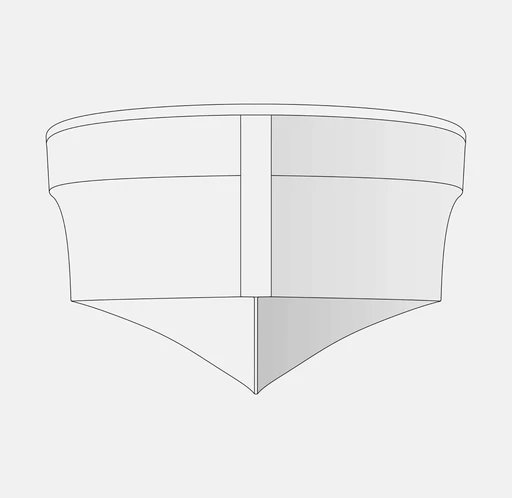/ Hull design
Hull types
Every boat is defined by a unique set of requirements that dictate the choice of hull type. While some boats are better suited for high-speed planing hulls, others benefit from the efficiency of slow-speed displacement forms. Thorough design of the hull shape ensures optimal performance within its designated speed range without compromising stability or manufacturability. Our extensive experience in delivering proven hull designs and our commitment to innovation ensure that each boat meets the highest standards of performance and quality.
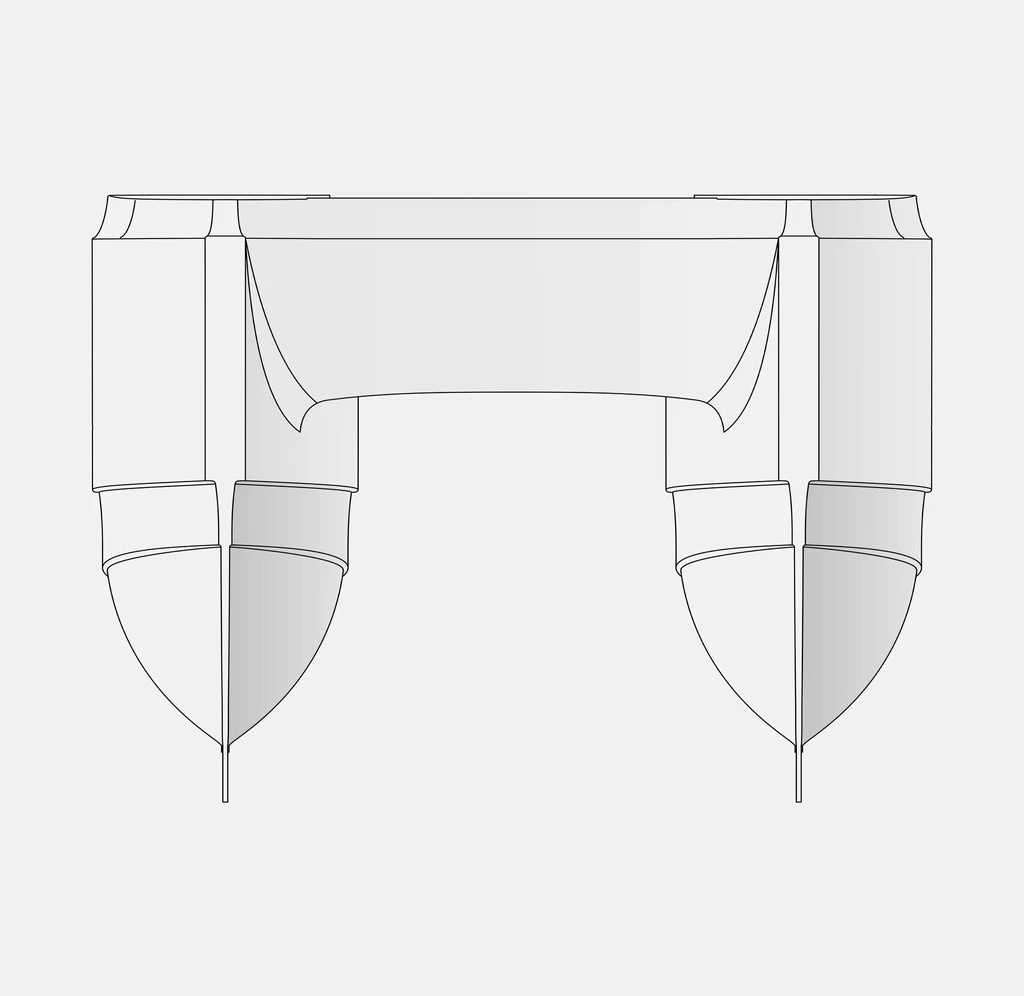
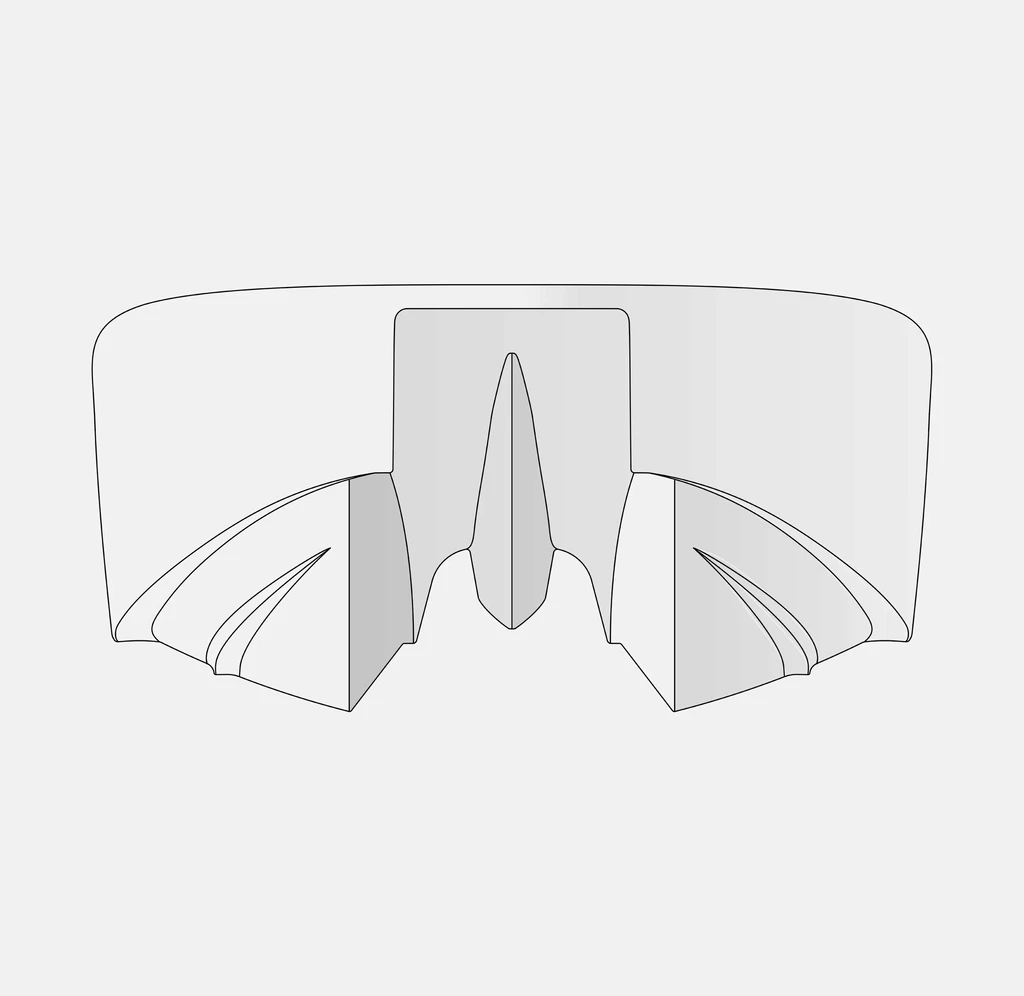
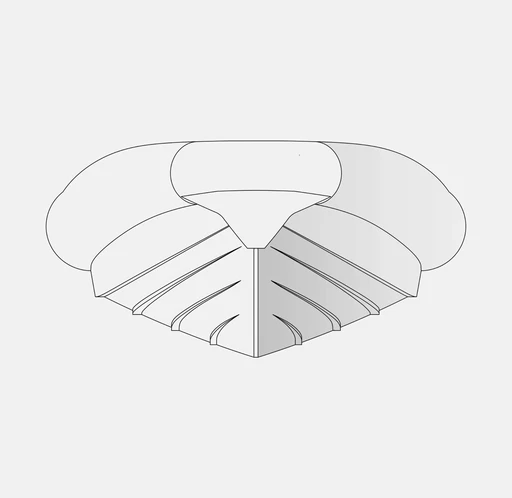
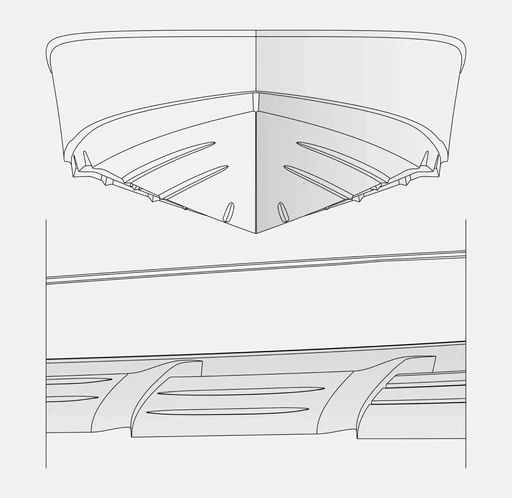
Propulsion types
Process
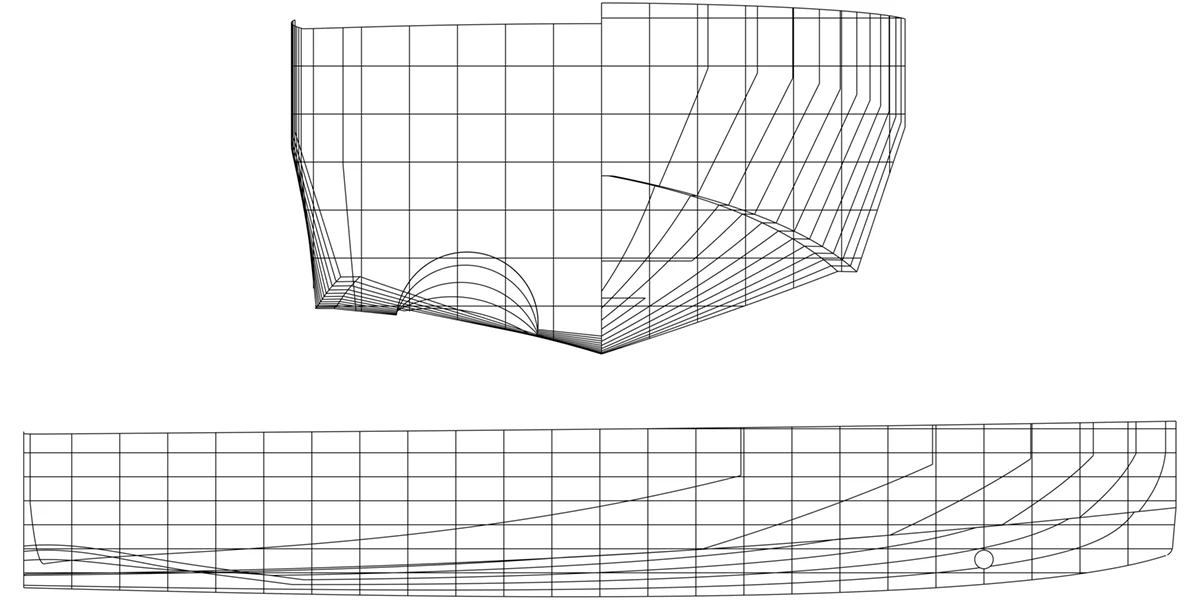
Hull form
Main dimensions
Weight distribution
Load carrying capacity
Static and Dynamic Stability
Seaworthiness
Seakeeping
Resistance
Optimization
Propulsion efficiency
Maneuverability
One of R2 Marine core competencies is hull design. We use creativity and experience to blend and balance all factors, and science to investigate, analyze and optimize all factors.
CFD Optimization
CFD (Computational Fluid Dynamics) hull optimization is a process used in naval architecture to improve the design of a ship’s hull for better performance. By simulating fluid flow around the hull using CFD, we can evaluate hydrodynamic properties such as drag and resistance. The optimization process involves adjusting hull geometry to minimize resistance, improve fuel efficiency, and enhance overall performance in various sea conditions.

Initial hull shape
Multiple iterations


Optimized hull shape
(Lower is better)
20 knots
118 kN
111 kN
Reduced by 6%
22 knots
138 kN
124 kN
Reduced by 10%
25 knots
158 kN
140 kN
Reduced by 11%
Initial
Optimized
